Podcast Analytics: How & Where to Monitor Your Progress

When you buy something through one of the links on our site, we may earn an affiliate commission.
Have you launched a podcast but aren't sure whether it's connecting with your target audience? This is a common problem for new podcasters who lack the tools and know-how to reach their target audience. Fortunately, understanding your podcast analytics is the first step if you want to tap into what your audience thinks of your show.
What podcast analytics should you be monitoring, and how can you do it?
Let's take a closer look so that you can start reaching new listeners and growing on the various podcast hosting platforms!
Contents
Podcast Analytics to Monitor
Understanding what you should track when it comes to your own show or a new episode can be complex because there are many moving pieces. Not only do you need to know how to view analytics, but you also need to know exactly what you should be monitoring.
Regardless of your podcast hosting platform, here are the major criteria you should consider monitoring when aiming for the growth of your show.
Average Downloads Per Episode
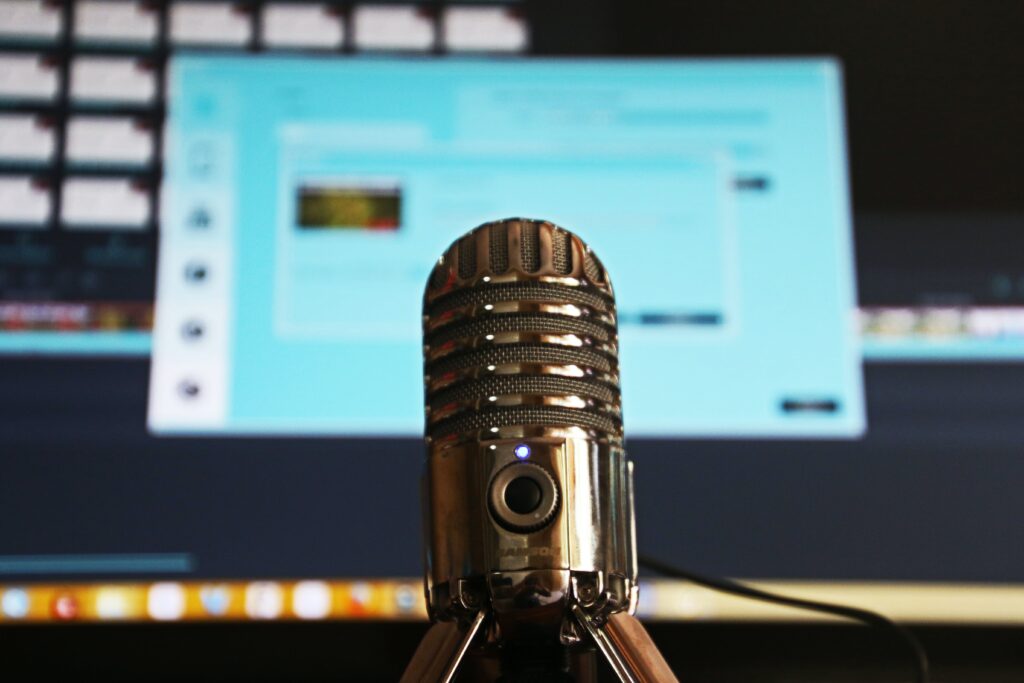
The first metric you should keep in mind when measuring the growth of your podcast is the average downloads per episode. This is different from the average listens, which can sometimes account for audiences who tune into your podcast multiple times before they finish the episodes. In this way, total listens can be deceptive.
Downloads save the episode for later and transfer it to a unique device.
However, successful podcasts know that the number of downloads does not necessarily translate to the number of people listening. Some people will download an episode because it looks interesting but may never get around to listening.
Average Time People Listen to Your Podcast Content
Think about tracking your podcast statistics to see when people most frequently tune into your show. For many people, it should be the release day of your podcast each week. If it isn't, this might be a good time to look at the data and see when you find people listening.
The time of day is another metric to consider tracking.
As the podcast host, you may want to consider moving it to a different day or time if you would get more engagement here.
If your audience regularly listens the day of your release, you are in good shape. If it's a couple of days later, it might be a no-brainer to move your release date — but you'll only know if you're tracking your analytics!
Subscriber Numbers
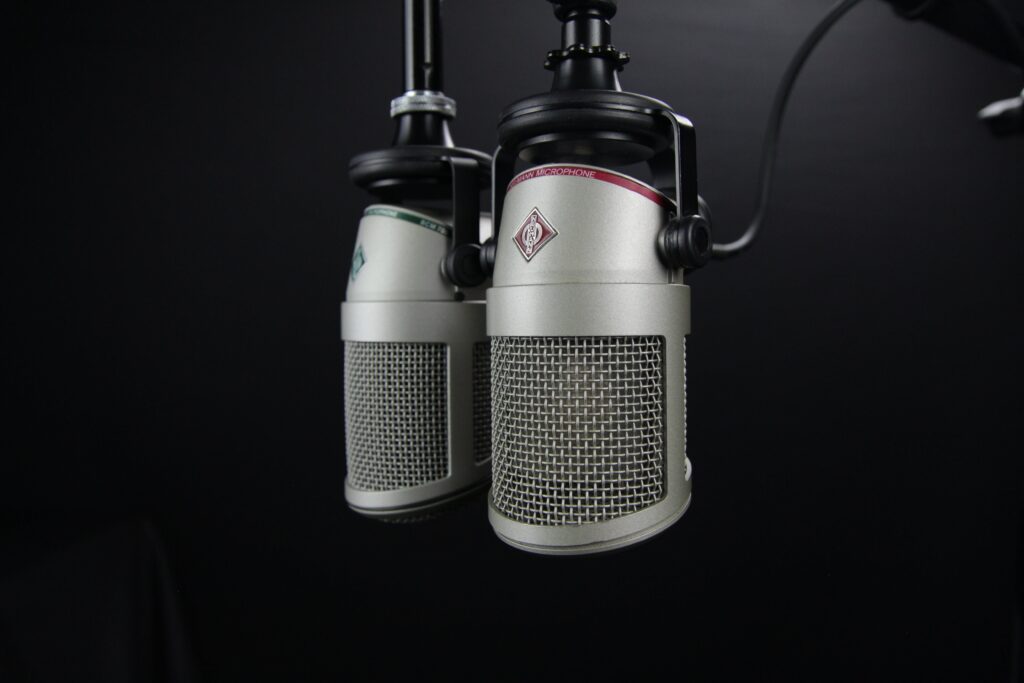
Subscribers are people who have signed up to receive notifications about your podcast. The more people who know when an episode goes live, the more listens and downloads you are likely to get.
When you have more subscriber numbers, you might be able to command a higher dollar for your marketing strategies.
Apple Podcast analytics use the term "subscriber" a little differently. In their use of the word, they are concerned with the number of people paying for premium content. For free podcast episodes, you want to look at the number of followers they have instead.
Popular Podcast Episodes
Which episodes of your own podcast are doing better than the others? Almost everyone will have a breakout episode or two that really catapults their listener engagement. You might be wondering why understanding your popular episodes matters.
The key here is to replicate content that really seems to resonate with your audience.
If a subtopic of your show does better than the main topic, these podcast stats might prove that you need to pivot in the topic of your show. As a podcast host, it's your responsibility to note areas for growth and improvement, so stay on top of what your audience wants more of.
Engagement

No matter which podcast apps you use, you need to measure your overall engagement. There are lots of questions you can ask yourself about your podcast content and how many listeners you have at every step of the process.
Here are a few points to consider when it comes to engagement:
- Are people skipping over parts of your show (like the advertisements)?
- Are they listening to the first few minutes before they check out and bounce?
- Do they share the content with their friends on social media?
- Do they subscribe to the show and download it in great numbers?
You could lose up to 35 percent of your listeners within the first five minutes of your show, according to research from NPR. Engage them not only at the beginning but at multiple touch points throughout the show.
This is also a good time to pay attention to listener demographics. You should know the type of people who tune in, such as what age group your podcast particularly targets. This can help you to make more informed decisions regarding your podcast hosting.
When People Stop Listening
Many shows find that their audiences don't necessarily listen all the way through to the end of every episode. How do you know when content starts to flag, and people start to drop off before they finish the end and see (or hear!) your grand finale?
This is an important aspect of podcast analytics that you need to start tracking.
If you don't know when people are hopping off of their listening platforms, you might have a hard time knowing where to hook your listeners again and again.
Reviews

How do people find your podcast and let others know that it's worth listening to? The answer lies in social proof: you need reviews. Five-star reviews from a loyal audience of listeners are crucial to your success long-term. People are unlikely to click on a show with a long list of negative reviews.
However, this doesn't have to be all negative. You can also learn a lot from negative reviews, so adapt and change as you go. It's an opportunity to win people over if you feel that the negative reviews are justified.
Revenue from Sponsorships and Ads
One of the podcast stats most people are interested in tracking first is the revenue from sponsorships and advertisements. Knowing what type of audience you have and how frequently they tune in can help you better market yourself to sponsors.
For those who make revenue based on the number of ears on the podcast, this is important to track. Money-making strategies like affiliate marketing and selling merch are dependent upon listeners. Keep careful tabs on your revenue to determine your average return on investment for each episode.
Best Podcast Analytics Tools
While it may sound easy to track your metrics, you likely need a podcast analytics tool to help you manage all of your stats in one place. Here are the best podcast analytics tools that will help you to manage your metrics.
Transistor
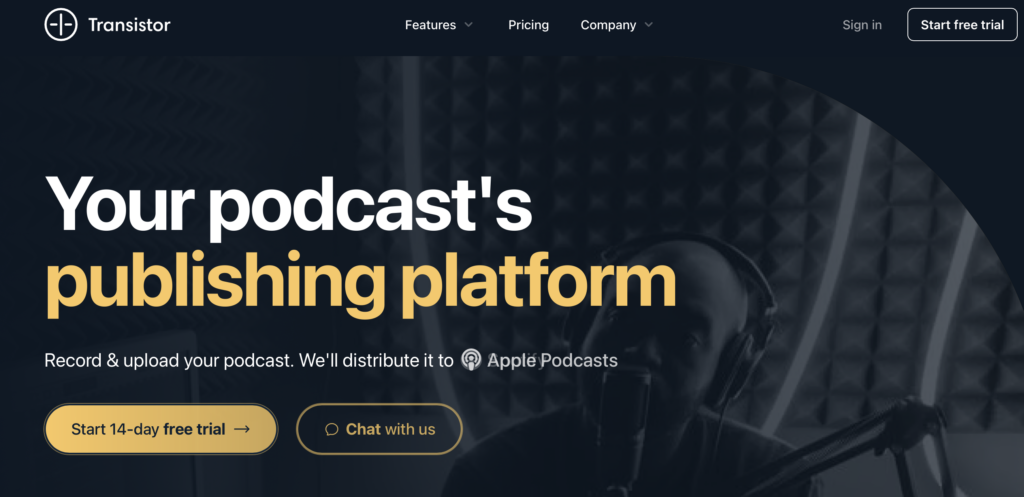
Transistor is a great option for managing your podcast analytics. It handles the distribution of your podcast to various outlets like Google Podcasts and Apple Podcasts. All you have to do is upload the episode, and they will transfer it to your show's RSS feed.
If you are using Transistor primarily as a podcast analytics tool, you will be pleased to learn that it monitors just about everything you need:
- Listens per episode
- Downloads
- Most popular apps and devices for distribution
- Subscribers
- Listener trends
Pricing starts at just $19 per month for 20,000 podcast downloads.
Podtrac
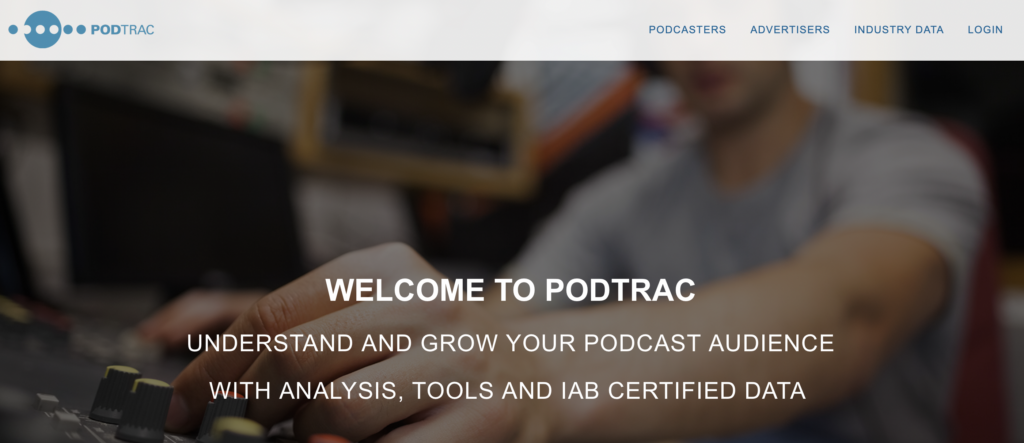
Podtrac is another contender for the top podcast analytics tool, offering robust podcast stats in the form of an easily digestible traffic report. No matter which platforms you use to host your show, the Podtrac reports detail rolling 30-day numbers so you can get a quick glimpse at recent trends.
Reports can be customized by episode, platform, and country with aggregated data from all of the platforms you are likely to host your podcast.
Best of all, you can get started for free!
Chartable
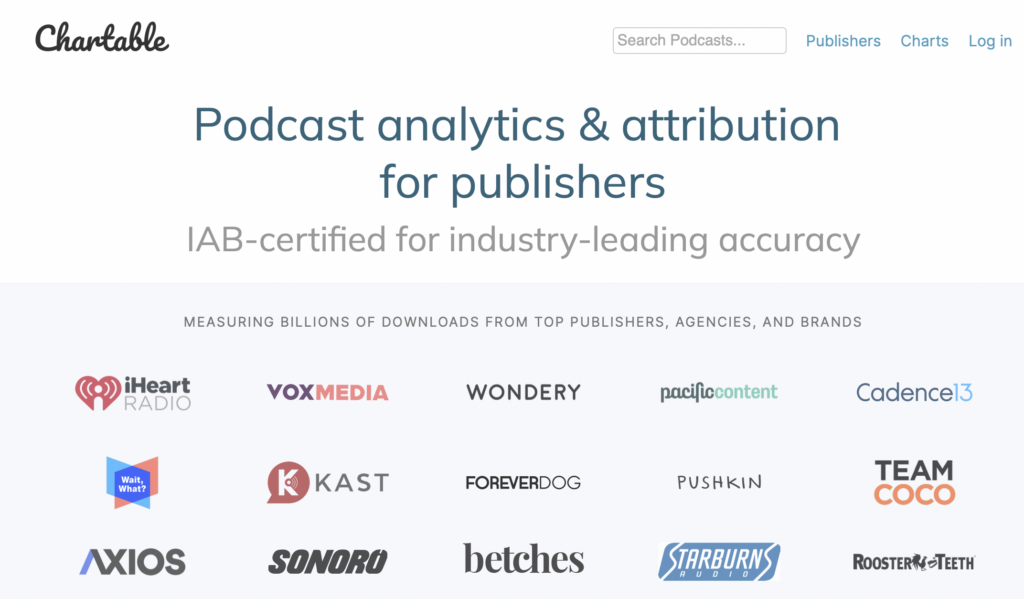
Like many of the best podcast analytics tools, Chartable is designed to help you keep track of all your data in one place. The data included in their reports is IAB-certified and accumulates everything you need to keep your finger on the pulse of a successful podcast.
It's particularly great for Apple Podcast analytics and Spotify distribution.
They advertise that the insights gained through their reports can help you to make core decisions about how to grow your channel, what topics you might want to explore in the future, and the type of guests that would do well on your show.
Like Podtrac, you can get started with Chartable for free or pay up to $50 per month for more advanced features.
Apple Podcasts

If you're already using Apple Podcasts, it might make sense to use their unique analytics tool as well. Apple provides you with an extremely robust tool that measures downloads, demographics, and more. Anything that you might want to measure is available through Apple.
One of the most important features of the Apple Podcast analytics tool is that it shows you where your listeners are tuning out. You can fine-tune advertisements and create better hooks for your show if you can see where people lose interest and click off your podcast.
Spotify
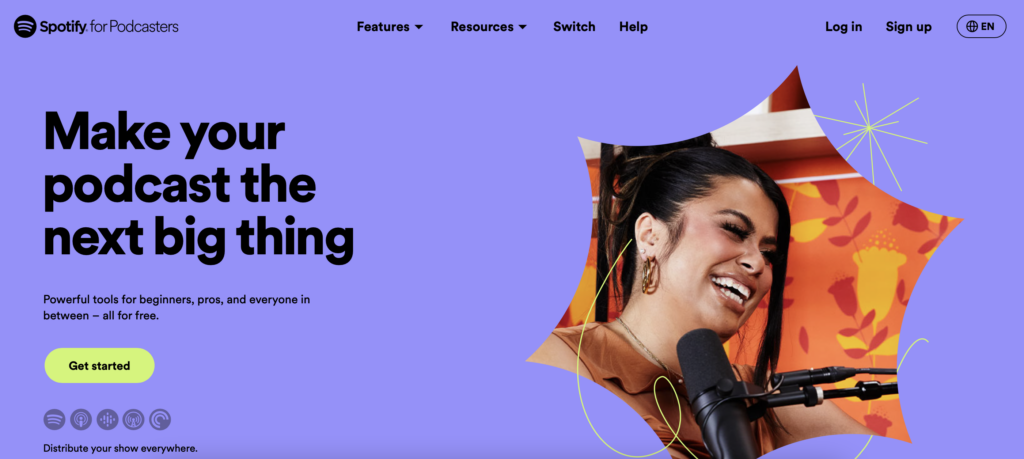
Much like Apple Podcasts, Spotify is a powerhouse when it comes to distributing your show. As you might expect, they have their own podcast analytics tools for show hosts who want to know more about their audience and their listening habits.
Beyond basic demographic information, you can also see where people stopped listening to refine your content moving forward. It's a great free tool to track how episodes perform so that you can make decisions about what kind of content to create in the future.
Google Podcasts
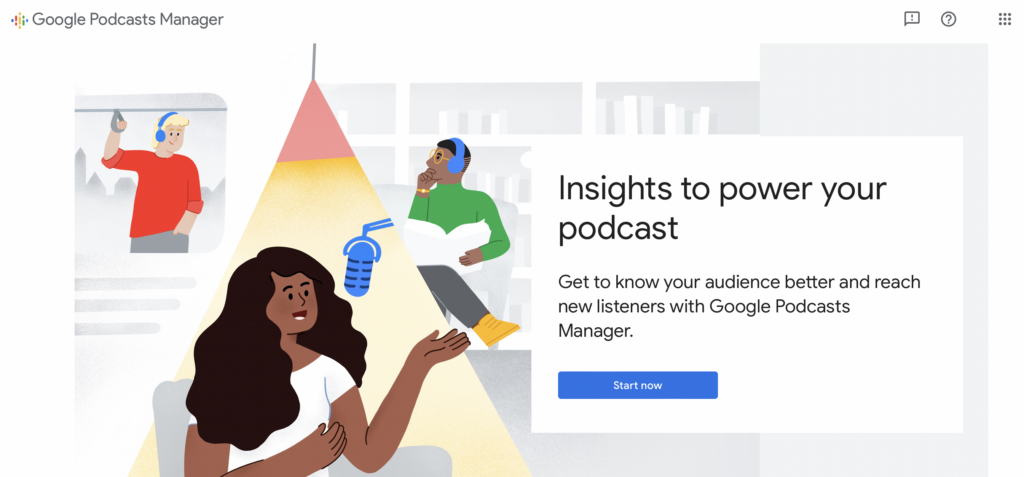
Last but not least, Google Podcasts has its own podcast analytics tools to help you pinpoint where things are going off the rails. Like Apple Podcasts and Spotify, Google allows you to see some of the most basic demographic information and where people are tuning out from your show. All of this can help you refine your process.
However, it also adds another layer that is important to discoverability: the interaction of your content with Google.
Does your podcast show up on Google when someone is searching for your topic? If the answer is no, then it might be time to revise your title, topic, or keywords. Google Podcasts is a powerful tool to take your growth to the next level.
Final Thoughts: Monitor Your Podcast Analytics to Keep Growing
Podcast analytics are an essential piece of the puzzle to grow your brand and keep finding new people who want to listen to the content you create. Whether you use Apple Podcasts or other listening apps, understanding the listening behavior of your audience with some of these advanced analytics is key.
Consider whether any of these tools are right to help you find out when our audience tunes in -- and when they're tuning out!
For more information on running a thriving podcast, check out these articles:
Want to learn step-by-step how I built my Niche Site Empire up to a full-time income?
Yes! I Love to Learn
Learn How I Built My Niche Site Empire to a Full-time Income
- How to Pick the Right Keywords at the START, and avoid the losers
- How to Scale and Outsource 90% of the Work, Allowing Your Empire to GROW Without You
- How to Build a Site That Gets REAL TRAFFIC FROM GOOGLE (every. single. day.)
- Subscribe to the Niche Pursuits Newsletter delivered with value 3X per week
My top recommendations

















